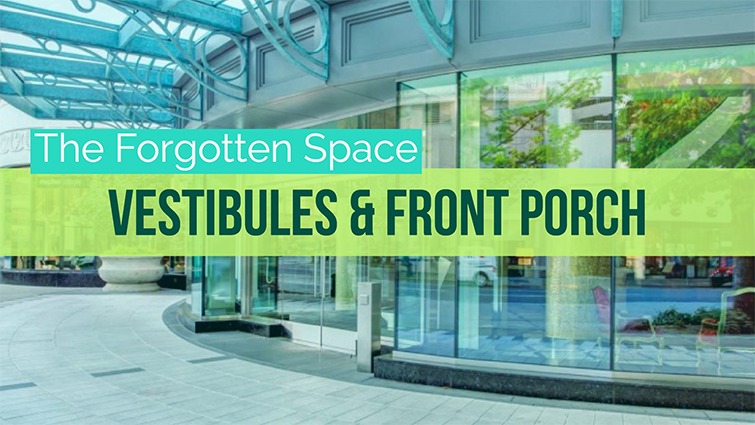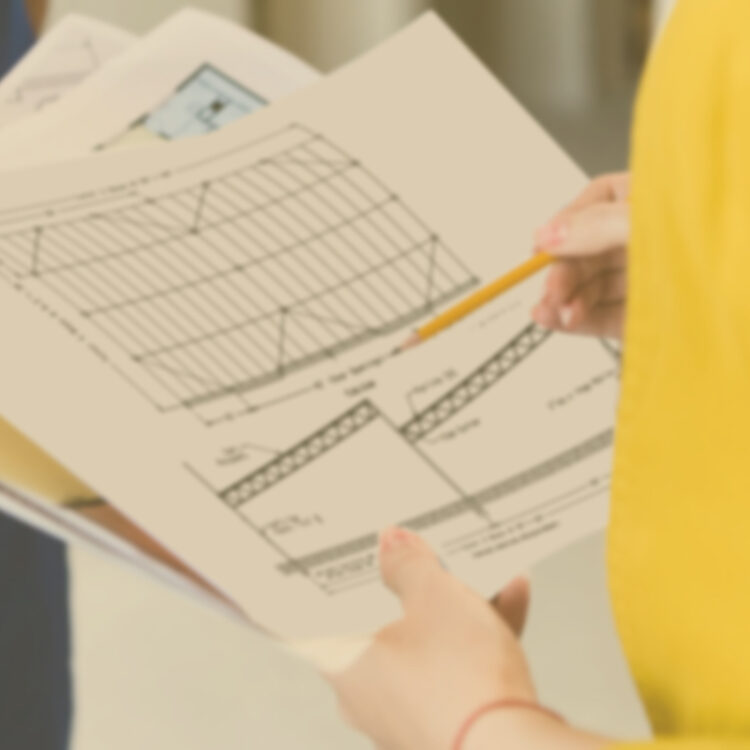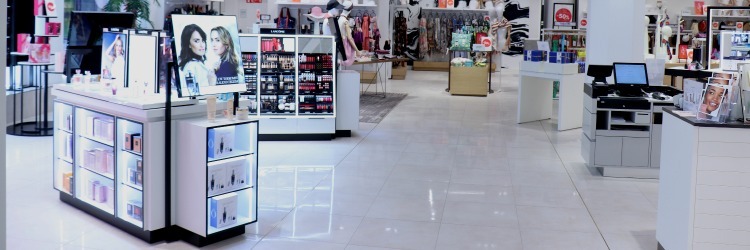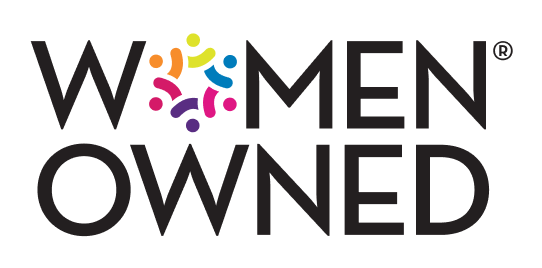Retail Layout vs Retail Design: What’s the Difference?
From department stores to supermarkets, every type of retail store is a feast for the eyes. The average shopper sees a bounty of goods for sale, rich displays, and pathways that will take them to the products. But a savvy retailer knows that everything you can see in the store is the byproduct of good retail design and retail layout.
No, we didn’t repeat ourselves. Design and layout are two different things and serve two different purposes in a retail environment. Here’s why the differences matter and how you can make both work for your store.
What is Retail Design?
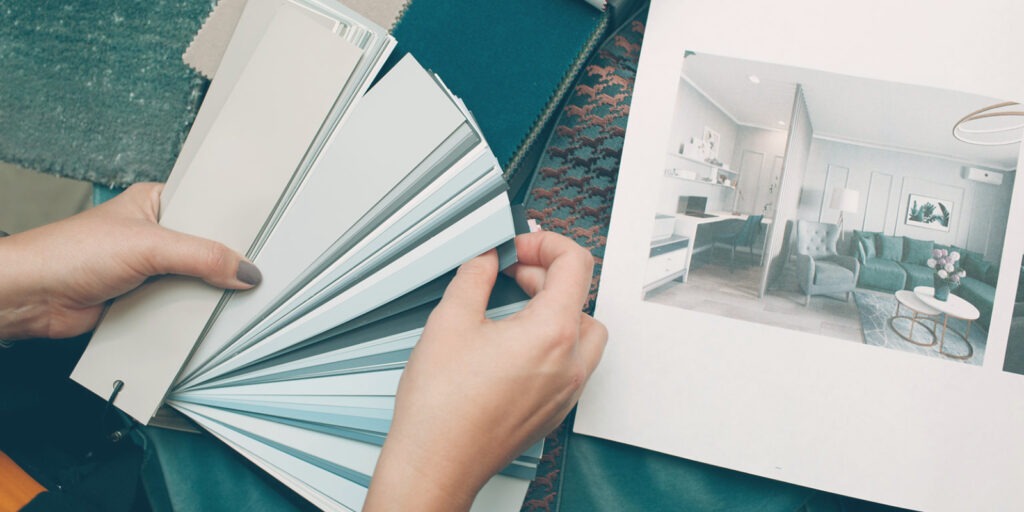
Let’s start with a definition: Retail design is the visual elements of a store that represent its look and feel. It’s all the things that create the “vibe” and helps you instantly learn more about the store’s brand. This is why you can usually tell when you’ve walked into a high-end boutique, bargain warehouse, or trendy teen clothing shop before you ever start shopping!
Some of the basic building blocks of retail design include store signage, graphics, flooring, lighting, music, scents, visual merchandising, colors, and furnishings. It’s the bigger plan for all the components of your store. All of these things work together to strengthen your brand, build loyalty, and cater to your customers.
What is Retail Layout?
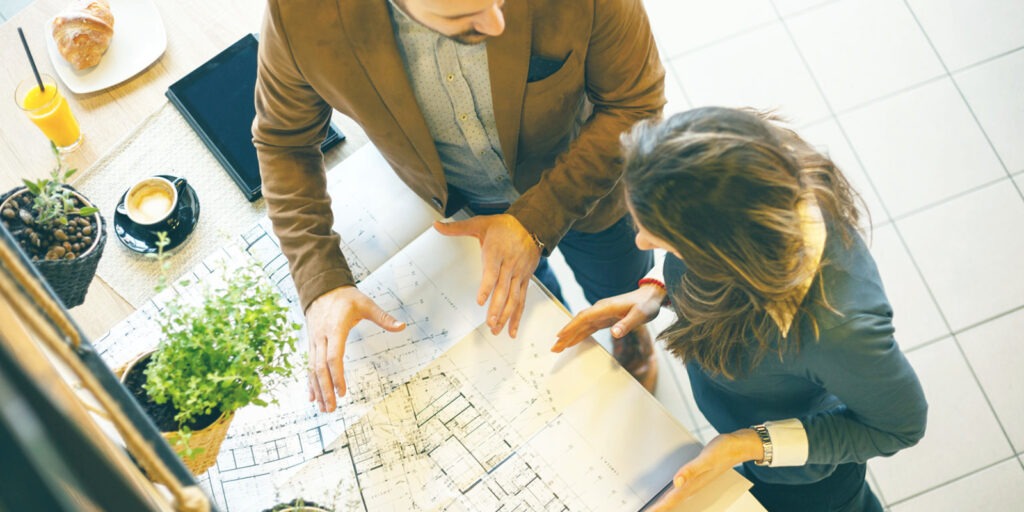
By contrast, retail layout refers to the arrangement (or layout) of the store’s floor space. It’s how the merchandise is placed within the store. Essentially, layout is a smaller slice of the overall retail design pie.
Retail layout includes several smaller components, including display and fixture placement, zones and departments, and merchandise location. It takes into account anticipated foot and cart traffic, how to maximize storage and selling space, and how to display your merchandise in appealing ways.

So Why Do You Need Both Retail Design and Retail Layout?
Layout alone isn’t enough to pull a store’s brand together and create standout shopping experiences. After all, layout is simply how shelves, displays, fixtures, and merchandising are arranged. Without design elements like lighting, colors, music, and signage, there’s nothing memorable about the store.
Likewise, branded signage and in-demand products aren’t enough to keep shoppers coming back if they can’t easily shop the store. Buyers need to be able to find what they’re looking for, or at least be able to explore the store in a logical manner.
That’s why both design and layout contribute to your success as a retailer. When you learn how to make the two work together, you can create stronger in-store experiences that your shoppers enjoy, appreciate, and remember.
How Design and Layout Work Together
Layout and design create a sensory experience for your shoppers. Both affect how they interact with your store and how they feel about your brand. They also work together in a number of ways.
For instance, signage is a big part of store design. It not only provides information for shoppers, but can also reflect your brand through colors, logos, font choices, graphics, and more. You can use signage to guide shoppers to various sections of your store, emphasize special deals, or talk about your store loyalty programs.
Strategically placing signage around your store (e.g, high traffic areas, near popular products, etc.) is a perfect example of how design and layout work together.
Starting or Improving Your Retail Layout and Design
Retailers are used to wearing many hats, from marketing to merchandising to back-end business admin. Learning how to fuse retail layout with design is just part of the job.
If you’re the owner/operator of your retail store, you have full control over how it looks and functions. However, you can also collaborate with professional retail designers on design and layout to achieve your specific goals.
Starting with store layout allows you to build a strong foundation for function. It sets the tone for how customers will move through your store, plus it helps you plan ahead for the amount of space you need for your products. With a layout in place, you can start building your design around it.
To get started, download our free guide: Planning Your Retail Layout & Design.
